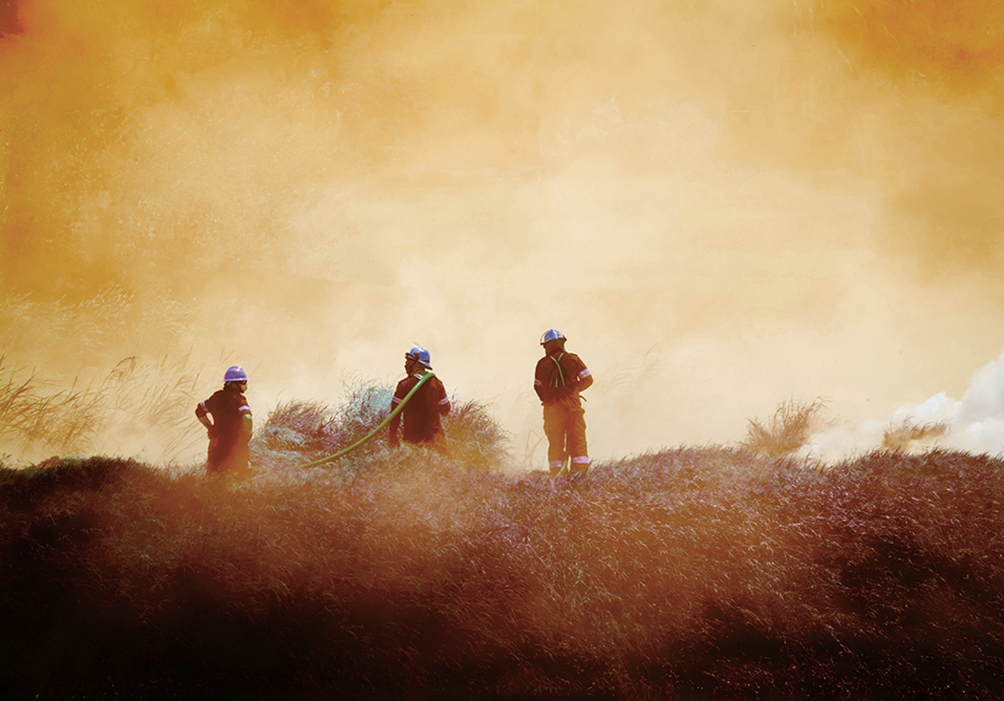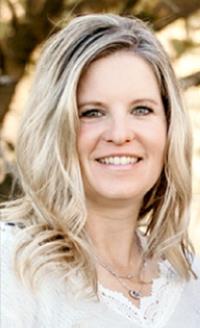Rachael Brooke, Phillips-Rooks District Extension Agent Agriculture and Natural Resources
Prescribed/Controlled Burning
Drought conditions worsen for the area. Phillips County is currently in D1 or a moderate drought. Most of Rooks County is also in D1 with the southeast corner being in D2 or a severe drought. The thought of fire with the drought conditions can put some people on edge, especially with the December wildfires happening not long ago.
Fire is a powerful tool for managing rangelands and requires careful and judicious use. Prescribed burning regulations in Kansas are largely delegated to the county level. Most counties opt for at least the minimum notification rules set out in the Kansas State Regulations for Agricultural Open Burning, and many have additional regulations. Following regulations assists in creating and maintaining good relationships with local fire departments, emergency managers, and other local officials.
Intentionally set fires have been used to achieve specific objectives for thousands of years in the Great Plains. Range managers today continue to use fire to create native landscapes that are healthy, productive, and beautiful. Prescribed burning resources are available at your local K-State Research and Extension Office for planning a safe and effective burn. However, there are aspects of prescribed burning that can’t be learned except through experience, but understanding how a burn is planned and executed is a necessary background.
Fires can escape, causing harm to people and nearby structures. Fire education in Kansas emphasizes careful planning and execution of prescribed burns to minimize the risk of these unintended consequences.
Legal risks associated with prescribed burning can be minimized by having a well thought out prescription for your burn and staying within the prescription as you burn. Burn plans assist everyone concerned by describing conditions necessary for accomplishing burn objectives, identifying crew, communication, equipment needs, and highlighting areas that need special attention during the burn. The process of planning allows contemplation of all aspects of the proposed fire and increases the ability to identify and address risks in advance.
For more information, please contact the local K-State Research and Extension Office.





